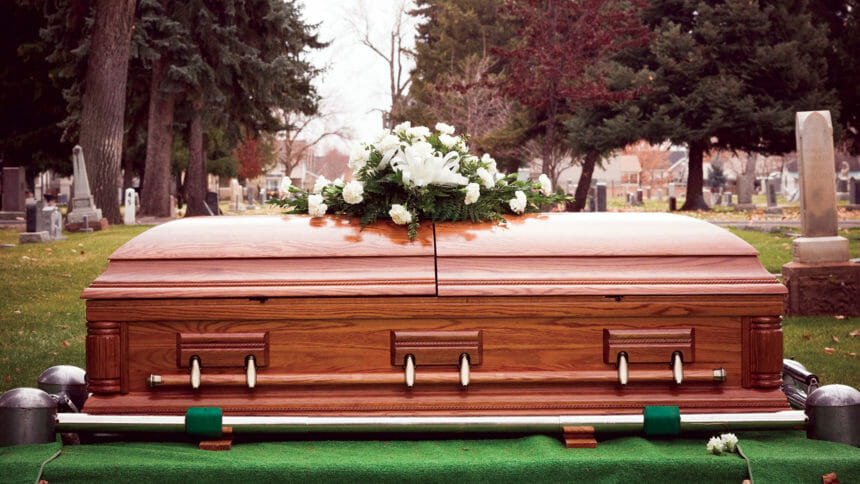
The death rate for those aged 85 or more years increased “significantly” between 2016 and 2017, according to newly published statistics from the Center for Disease Control and Prevention’s National Center for Health Statistics. During that time, the death rate increased 1.4%.
Among people of all ages who died in 2017, the top 10 causes of death remained the same as in the previous year, the CDC said. They were heart disease, cancer, unintentional injuries, chronic lower respiratory diseases, stroke, Alzheimer’s disease, diabetes, influenza and pneumonia, kidney disease, and suicide. These causes accounted for almost three-fourths (74%) of all deaths in the United States in 2017.
From 2016 to 2017, the age-adjusted death rates increased for seven of the 10 causes — influenza and pneumonia (5.9% increase), unintentional injuries (4.2%), suicide (3.7%), diabetes (2.4%), Alzheimer disease (2.3%), stroke (0.8%) and chronic lower respiratory diseases (0.7%) — and decreased for one of them, cancer (2.1% decrease). The death rates related to heart disease and kidney disease did not change significantly, according to the CDC.
Life expectancy
Life expectancy also decreased from 2016 to 2017, going from 78.7 years to 78.6 years. For men, life expectancy decreased from 76.2 to 76.1 years during this time, and for females, life expectancy remained the same, at 81.1 years.
The decrease largely was due to increases in mortality, especially from unintentional injuries but also from suicide, diabetes and influenza and pneumonia, the CDC said.
According to another new report from the agency’s NCHS, the suicide rate among those aged 65 to 74 years increased from 1999 to 2017, but it decreased “significantly” among those aged 75 or more years during the same time period. And a third report from the center found that those aged 65 or more years had the lowest rate of drug overdose deaths compared with other age groups.

